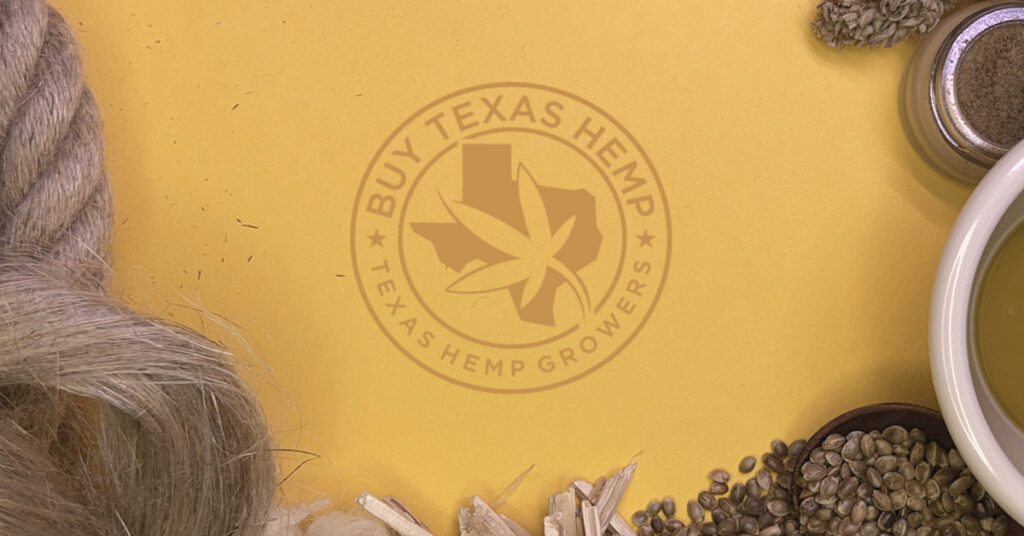The pathetic demise of hemp and why government needs to STAY OUT

By Zachary Maxwell
I find it impressive that none of the experts with which I’ve visited on the subject of hemp knows the true history behind the demise of the industry. There’s a lot to be learned by looking to the past.
Many persons wrongly believe hemp was crushed under the Controlled Substances Act of 1970. But a closer look reveals the industry died well before this, and for reasons unrelated to the ban of certain substances.
The year was 1949, and the American government had committed the country to a post-war rebuild effort in Europe. The government presented America’s hemp farmers a unique opportunity: grow hemp to the tune of hundreds of thousands of acres, and it would buy the millions of pounds of fiber to ship overseas to France to help rebuild the war-torn nation.
Such an offer couldn’t be resisted by hemp farmers, and so they obliged.
But in 1950, the government–doing what it does best–went back on its promise to purchase the fiber. Unexpectedly, farmers were left sitting on an exhausting amount of fiber that couldn’t be sold on the market. This fiber glut created an immediate decline in pricing, which seemed to haunt the industry until its demise several years later.
But the problem was further compounded with two inventions: synthetic fiber and gum tape.
Because of the instability in the retting process, synthetic fibers, like nylon and orion, were seen as stable, reliable alternatives for manufacturers. The tensile strength of synthetics was easier to control, and the outcomes more predictable than the unstable retting process required to separate hemp fibers from their woody core. Weather and moisture could wreck a farmer’s crop during the field retting process, as was the case in 1953 and 1954.
And with the invention of gum tape, hemp lost its biggest post-war market: the postal service. No longer did packages need to be tied with hemp cord. Instead, they could be sealed with tape.
The last successful hemp fiber crop was planted in 1957. But even then, it took over a year for farmers to sell the fiber.
In 1958, the industry came to a pathetic end, with a final crop of hemp grain being sold on the market as bird feed for $2 a bushel. Each bushel cost $10 to process.
There was also one other thing that I believe played into the industry’s demise: the death of Matthew Rens, America’s Hemp King, in 1950. Rens was the visionary who breathed life into the hemp industry in the decades before the war. When the government wished to commission hemp mills during the war, it sought out the sage advice of Rens.
But with Rens death, so went the energy and vision. And the hemp industry would sputter to a halt in just a few years.
The Controlled Substance Act of 1970 was simply a final nail in the coffin. Because nobody had been growing hemp for 12 years, the harmless plant was caught up in Reefer Madness hysteria and banned alongside its cousin.
The revival of the fiber industry will take a strong visionary, like Rens; someone who can lead the industry into a future steeped in free market principles and consumer choice. Governing authorities should take cautious note of this sordid history and interpret it as a sign that it should keep its hands out, and let the market redevelop on its own terms.
Have you reserved your seats for a Texas Hemp Growers Master Class? Click here for a schedule.





